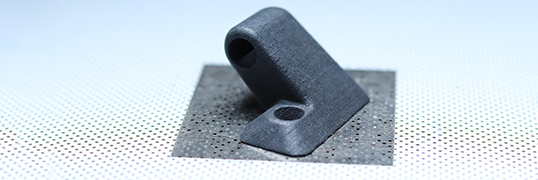Einen Moment bitte
Anfrage Erfolgreich
Wir senden Ihnen zeitnah ein Angebot!
18 Oct 2020

Tumbling is also known under the term “vibratory finishing” or barrel finishing. Plastic or metal parts are set in motion together with abrasive granulate and usually an additive. The movement of the parts and the abrasive results in a slight removal of material from the workpiece, especially sharp edges and corners are machined. Different machines and abrasives can be used to produce a wide variety of surface finishes and components are immediately ready for painting. Not only can coarse structures be removed, components can also be polished or descaled. The abrasive size varies between 1 mm and 80 mm. The aggressiveness of the removal is determined by the shape and the ratio of abrasive and polishing agent. The additive serves to remove the material and has a degreasing and protective effect.
Vibratory finishing is mainly described by the processes of drum vibratory finishing, vibratory finishing and plunge finishing, drag finishing. All processes have a different structure but contribute to the refinement of the surface.
Due to the increasing post-processing of waste water, the processes are becoming more and more environmentally friendly and a sustainable cycle is being created.
When using selective laser sintering (SLS), fused deposition modelling (FDM) and selective laser melting (SLM), the surface should be finished for possible painting. Vibratory grinding or barrel finishing is ideal for smoothing the layers and removing plastic particles.
Please also visit our other articles on the subject of 3D printing and reconstruction for vintage and classic cars or send us a spare parts enquiry!